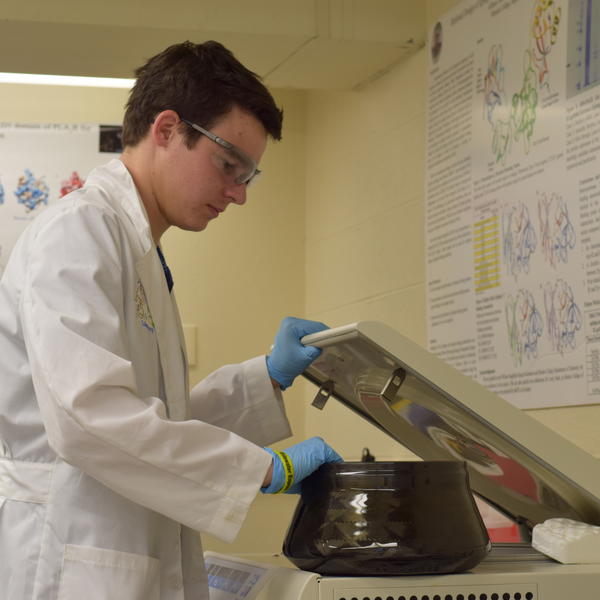
Liam was a Neuroscience major who worked with Dr. Stoddard’s since his first semester at Rhodes College fall 2016. Liam worked on the development of novel therapeutics for autoimmune diseases utilizing both computational and experimental techniques such as in silico protein engineering, protein-protein docking, protein expression and purification, and ELISA assays. Liam also focused on synthesis and biological testing of novel therapeutics for Huntington’s disease. Liam's work lead to the publication Design and Synthesis of Diazine-based Panobinostat Analogues for HDAC8 Inhibition in the Beilstein Journal of Organic Chemistry. Liam is now attending The Medical College of Georgia!
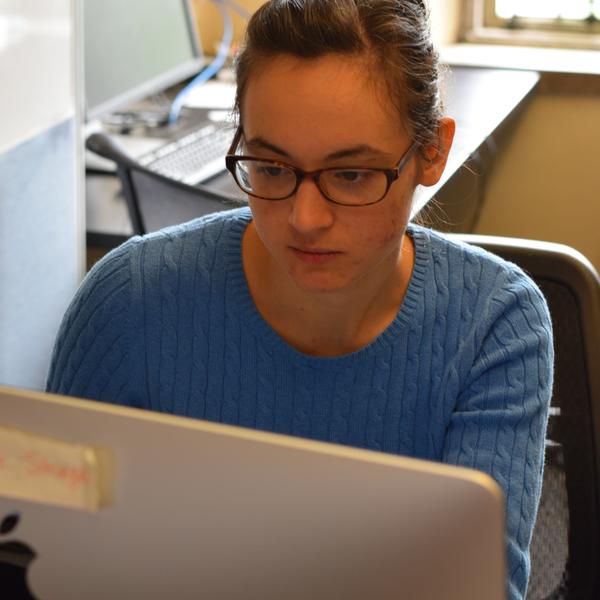
Maggie majored in Biochemistry and Molecular Biology major and worked in Dr. Stoddard’s lab since fall 2017. Maggie’s research focused on developing novel therapeutic proteins for primary membranous nephropathy, and characterizing one of the proteins targeted in this disorder. Maggie's work involved computational techniques such as in silico protein engineering and protein-protein docking. Part of Maggie’s work on the thrombospondin type-1 containing domain 7A (THSD7A) was published in PROTEINS: Structure Function and Bioinformatics December in 2018. Maggie plans to attend medical school after Rhodes.
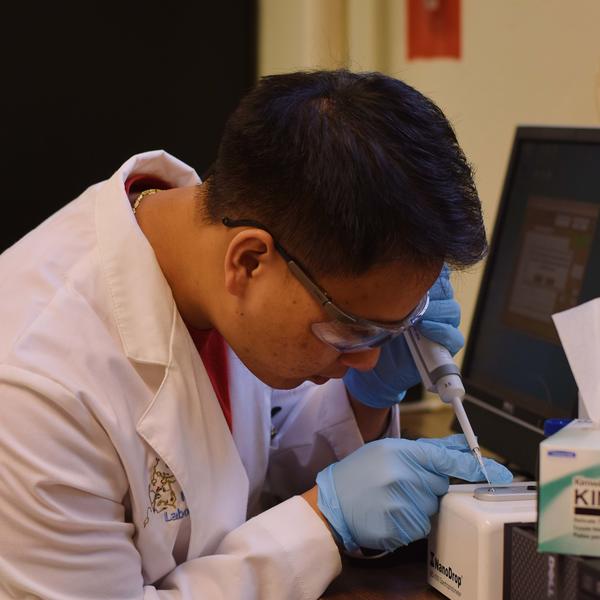
Itthipoaln wa a Biochemistry and Molecular Biology major who worked in Dr. Stoddard’s lab since spring 2017. Itthipoaln’s work focused on developing novel therapeutic proteins for the autoimmune disorder systemic lupus erythematosus. Itthipoaln's work used both computational and experimental techniques such as in silico protein engineering, protein-protein docking, epitope prediction, homology modeling, protein expression and purification. Itthipoaln is attending medical school at University of Tennessee Health Sciences Center (UTHSC) in Memphis, TN.
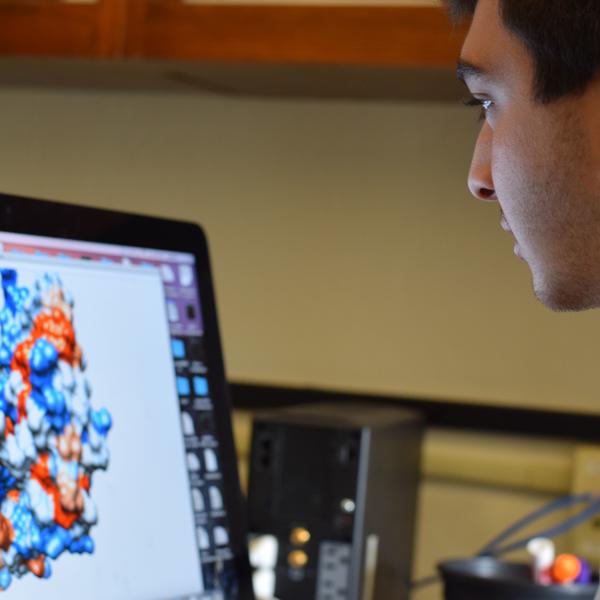
Omar majored in Biology and worked in Dr. Stoddard’s lab since spring 2017. Omar’s work focused on developing novel therapeutic proteins for primary membranous nephropathy an autoimmune kidney disease. Omar's project focused on developing strategies for patients who express antibodies to the phospholipase A2 receptor. In addition to development of therapeutic interventions, Omar has focused on development of 3D models of the PLA2R protein as a tool for scientist and the prediction of epitope sites on the PLA2R protein. Omar's work used both computational and experimental techniques such as in silico protein engineering, protein-protein docking, epitope prediction, homology modeling, protein expression and purification. Omar is attending McGovern Medical School in Houston, Texas.

Kellen (Psychology '21) completed a summer research experience in the MIR Lab in summer 2019. Her work focused on design of novel hydroxamate acid inhibitor derivatives for histone deacetylase 2 (HDAC2). HDAC2 is a relevant drug target for Alzheimer's disease, thus HDAC2 inhibitors might provide some relief to individuals suffering from this condition. After Rhodes Kellen plans to attend medical school.
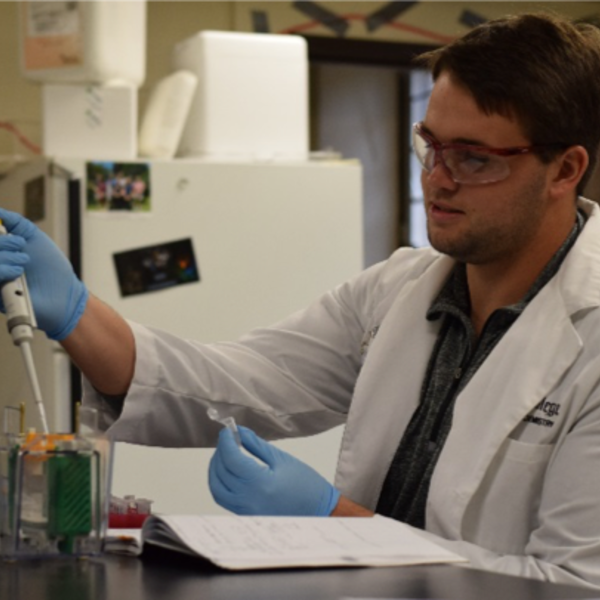
Colin was a Chemistry major who worked in the MIR lab spring 2017 to spring 2019. Colin’s work focused on developing novel therapeutic proteins for primary membranous nephropathy, development of a computational suite of programs to facilitate data processing, and a collaborative project between Dr. Stoddard’s lab and Dr. Fatima Rivas lab at St. Jude Children’s Research hospital. Part of Colin’s work was published in PROTEINS: Structure Function and Bioinformatics December 2018. Colin is currently a graduate student at Medical University of South Carolina.
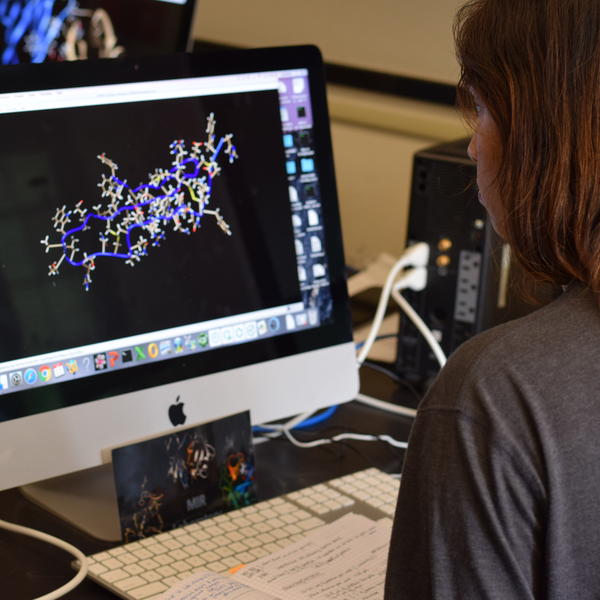
Mounika was a Biology major and has worked in the MIR lab since fall 2017 to spring 2019. Mounika’s work focused on developing novel therapeutic proteins for the autoimmune disorder primary membranous nephropathy in addition to the characterization of one of the proteins targeted in this disorder. In 2018 part of Mounika’s work was published in the journal PROTEINS: Structure Function and Bioinformatics. Mounika plans to attend medical school after Rhodes.

Serena completed a summer research experience in Dr. Stoddard’s lab summer 2018. Serena’s work helped to define the specific residues which the immune system was targeting on the protein receptor thrombospondin type-1 containing domain 7A in the autoimmune disorder primary membranous nephropathy. This work was published in PROTEINS: Structure Function and Bioinformatics December 2018. Serena is currently attending the College of Veterinary Medicine at Tuskegee University in Alabama.

Riya is a Chemistry major who completed a summer research experience in Dr. Stoddard’s lab summer 2018. Riya’s work helped to categorize the specific residues on the thrombospondin type-1 containing domain 7A that are being targeted by antibodies in the disorder primary membranous nephropathy. This work was published in PROTEINS: Structure Function and Bioinformatics December 2018. Riya plans to attend medical school after graduation from Rhodes.

Candace Hayes (BMB ’19) participated in research in the MIR lab Spring 2018. Her work help to demonstrate the impact of mutations in proteins on immunogenicity in regards to the phospholipase A2 receptor protein. Candace attends medical school at Lewis Katz School of Medicine at Temple University in Kansas City, MO.
Caylon is a senior in high school and participated in a research experience in summer 2017. His work on design and optimization of boron containing hydroxamate acid derivatives for cancer therapy was presented at the regional Southeastern Regional Meeting of the American Chemical Society in Charlotte NC November 2017.
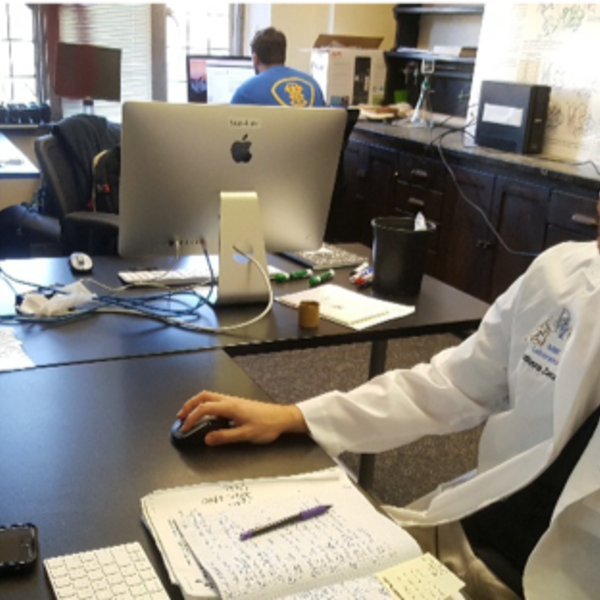
Alireza (Bio ’18) and participated in research in from spring 2018 to May 2018. His work focused on design novel proteins which could stop the progression of autoimmune disorders. Al is currently attending Lincoln Memorial University DeBusk College of Osteopathic Medicine, in Harrogate, TN.
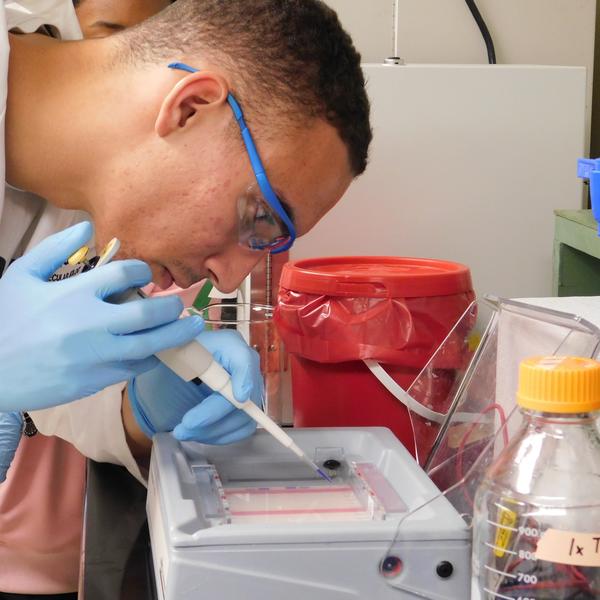
Xavier (BMB ’17) was the first student in the MIR lab and participated in research from fall 2015 to spring 2017. Xavier’s work focused on investigation of novel hydroxamate acid derivatives for colorectal and neuroblastoma treatment. Xavier’s work lead to a publication in October 2018 in Molecular Informatics. Currently, Xavier is an emergency room scribe and is currently applying to medical school.